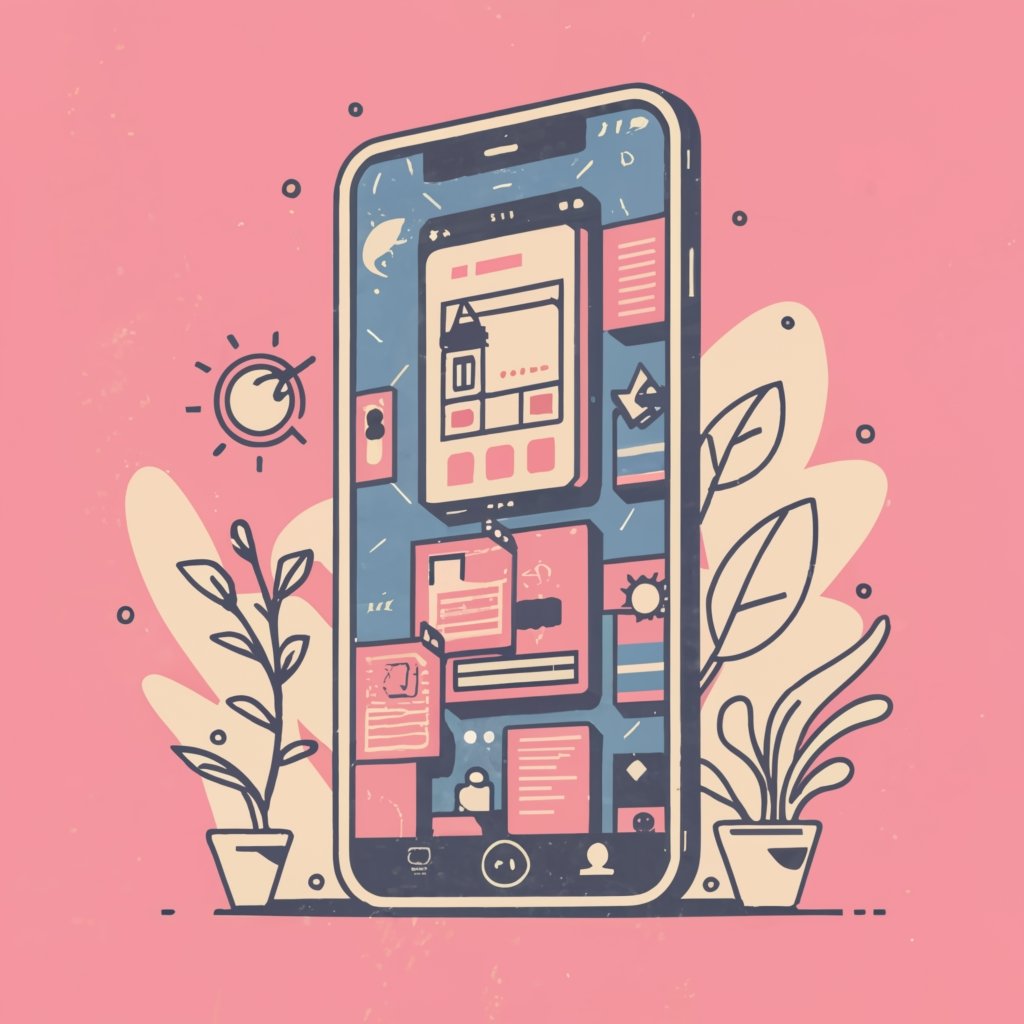App Design In today’s digital world, apps are essential for businesses of all sizes. They can help businesses reach new customers, improve customer service, and streamline operations.
Types of Apps
There are many different types of apps, each with its own unique purpose. Some of the most common types of apps include:
- Utility apps: These apps provide basic functionality, such as calculators, calendars, and weather apps.
- Social media apps: These apps allow users to connect with friends and family, share photos and videos, and stay up-to-date on current events.
- Gaming apps: These apps provide entertainment and challenges for users of all ages.
- Productivity apps: These apps help users to be more productive, such as word processors, spreadsheets, and to-do lists.
- Business apps: These apps are designed for businesses to help them operate more efficiently, such as customer relationship management (CRM) software and accounting software.
UX and UI Design Principles
UX, or user experience, design is the process of designing products that are easy to use and enjoyable for users. UI, or user interface, design is the visual design of a product, including the layout, colors, and fonts.
Good UX and UI design are essential for creating successful apps. When users have a good experience using an app, they are more likely to use it again and recommend it to others.
There are many different UX and UI design principles, but some of the most important include:
- Clarity: The app should be easy to understand and use.
- Consistency: The app should use a consistent design throughout.
- Efficiency: The app should be easy to navigate and use.
- Aesthetics: The app should be visually appealing.
Tools and Technologies
There are many different tools and technologies that can be used to create apps. Some of the most popular tools include:
- Software development kits (SDKs): SDKs provide developers with the tools and libraries they need to create apps for a specific platform.
- Integrated development environments (IDEs): IDEs are software applications that help developers to write, debug, and test code.
- Design tools: Design tools can be used to create the visual elements of an app, such as the user interface.



Leave a Reply
You must be logged in to post a comment.